A small soft robot composed of strategically magnetized polymers could one day find its way into human bodies.
Category: biotech/medical – Page 1,028
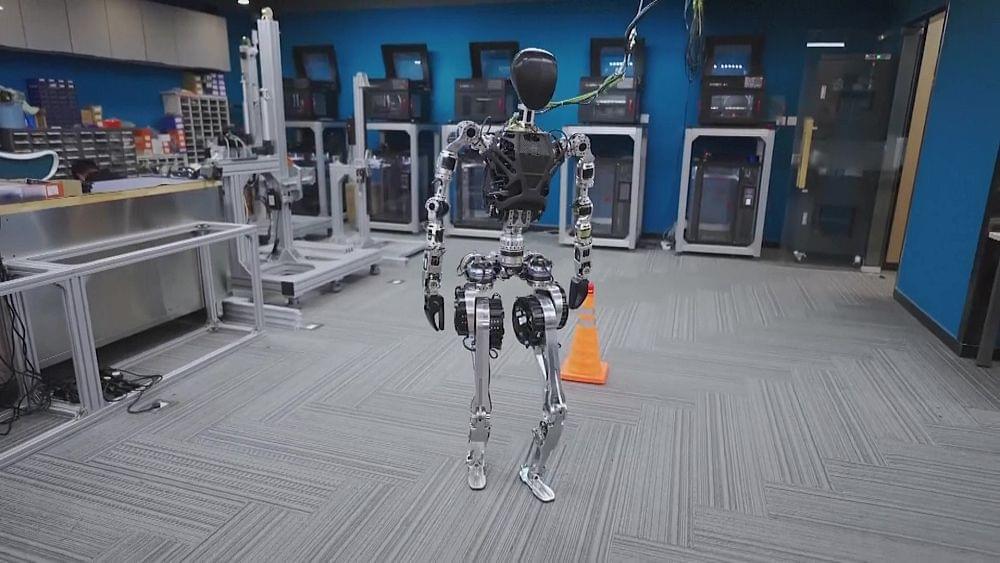
China News | China Developing Neuro Strike & Tech Weapons To Disrupt Brain Functions | English News
Bio threat from China & PLA: Reports.
‘Neuro strike weapons being developed, population to be brainwashed; Tech weapon to disrupt brain functions,’ says report.
#china #xijinping #bioweapons #englishnews n18oc_breaking-news.

Scientists use fungus to create eco-friendly construction materials
This process could provide a cheap, sustainable replacement for foam, timber, and plastic.
The future of the construction industry is green„ with scientists developing a way to grow building materials using knitted molds and the root network of fungi. Previous trials with similar composites have been made but the shape and growth constraints of the organic material made it difficult to develop diverse applications.
Now, a team of designers, engineers, and scientists in the Living Textiles Research Group, part of the Hub for Biotechnology in the Built Environment at Newcastle University, which is funded by Research England, have used the knitted molds as a flexible framework or ‘formwork’, creating a composite called ‘mycocrete’ which is stronger and more versatile in terms of shape and form.
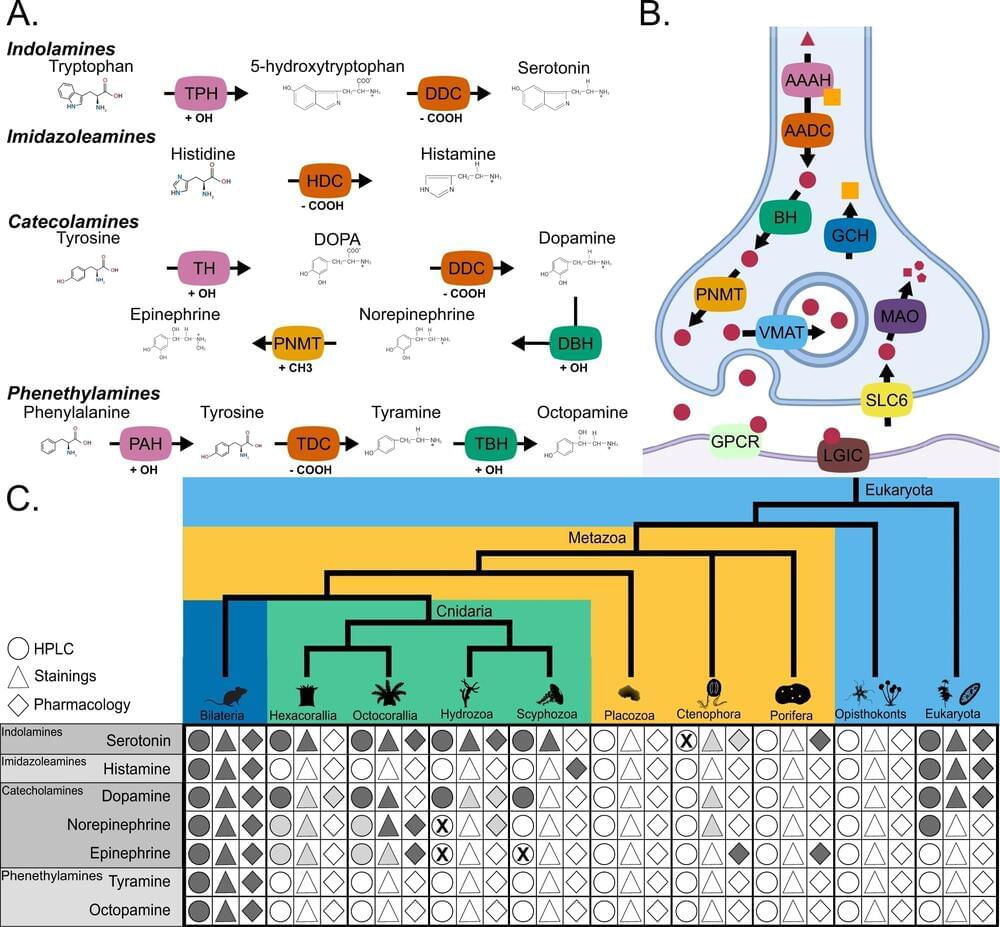
Genes for learning and memory are 650 million years old, study shows
A team of scientists led by researchers from the University of Leicester have discovered that the genes required for learning, memory, aggression and other complex behaviors originated around 650 million years ago.
The findings led by Dr. Roberto Feuda, from the Neurogenetic group in the Department of Genetics and Genome Biology and other colleagues from the University of Leicester and the University of Fribourg (Switzerland), have now been published in Nature Communications.
Dr. Feuda said, “We’ve known for a long time that monoamines like serotonin, dopamine and adrenaline act as neuromodulators in the nervous system, playing a role in complex behavior and functions like learning and memory, as well as processes such as sleep and feeding.”
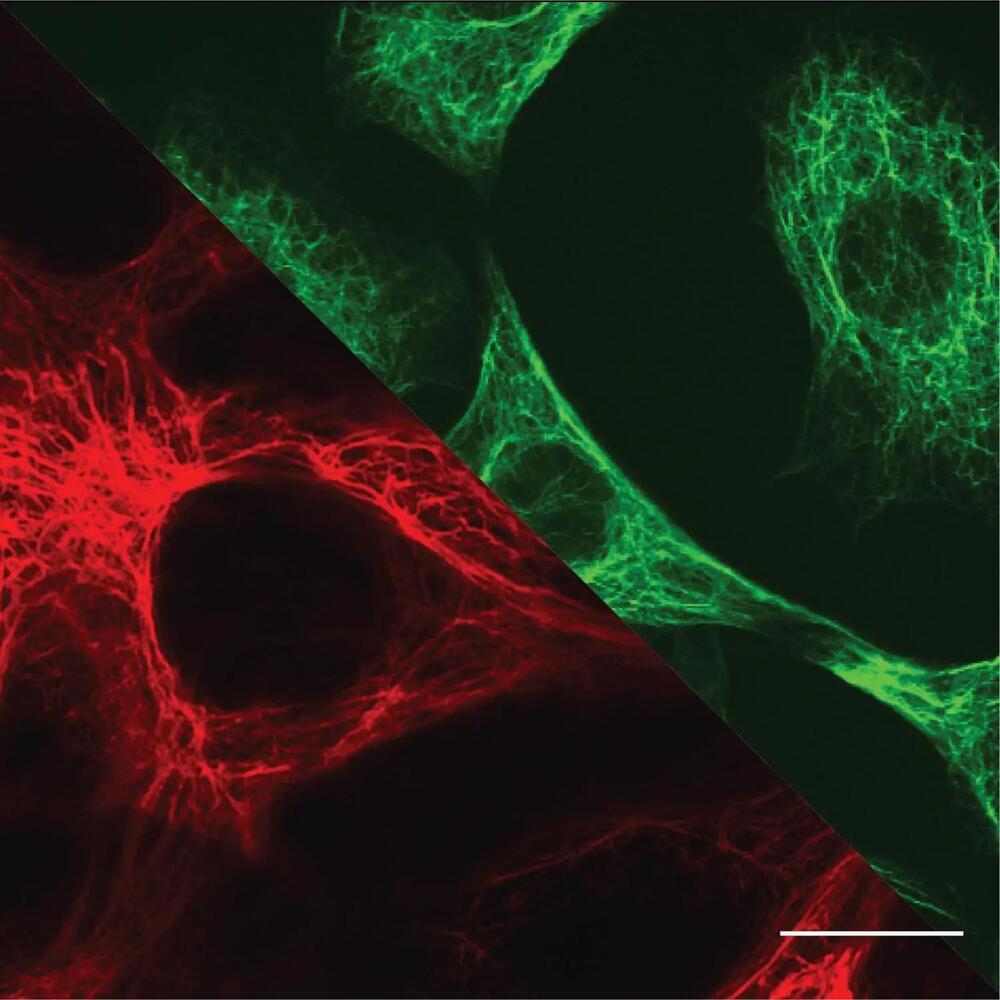
“Hightech” Materials From Nature — Researchers Discover Surprising Properties of the Cytoskeleton
Most biological cells have a fixed place in an organism. However, there are instances where these cells acquire mobility, enabling them to traverse the body. Such occurrences are seen during processes like wound recovery, or when cancerous cells divide indiscriminately and spread throughout the body. The characteristics of mobile and stationary cells exhibit several differences, one notable one being the structure of their cytoskeleton.
This structure of protein filaments makes the cells stable, stretchable, and resistant to external forces. In this context, “intermediate filaments” play an important role. Interestingly, two different types of intermediate filaments are found in mobile and stationary cells. Researchers at the University of Göttingen and ETH Zurich have succeeded in precisely measuring and describing the mechanical properties of the two filaments. In the process, they discovered parallels with non-biological materials. The results have been published in the journal Matter.
The scientists used optical tweezers to investigate how the filaments behave under tension. They attached the ends of the filaments to tiny plastic beads, which they then moved in a controlled way with the help of a laser beam. This stretched the two different types of filaments, which are known as vimentin and keratin. The researchers worked out which forces were necessary for the stretching and how the different filaments behaved when they were stretched several times.
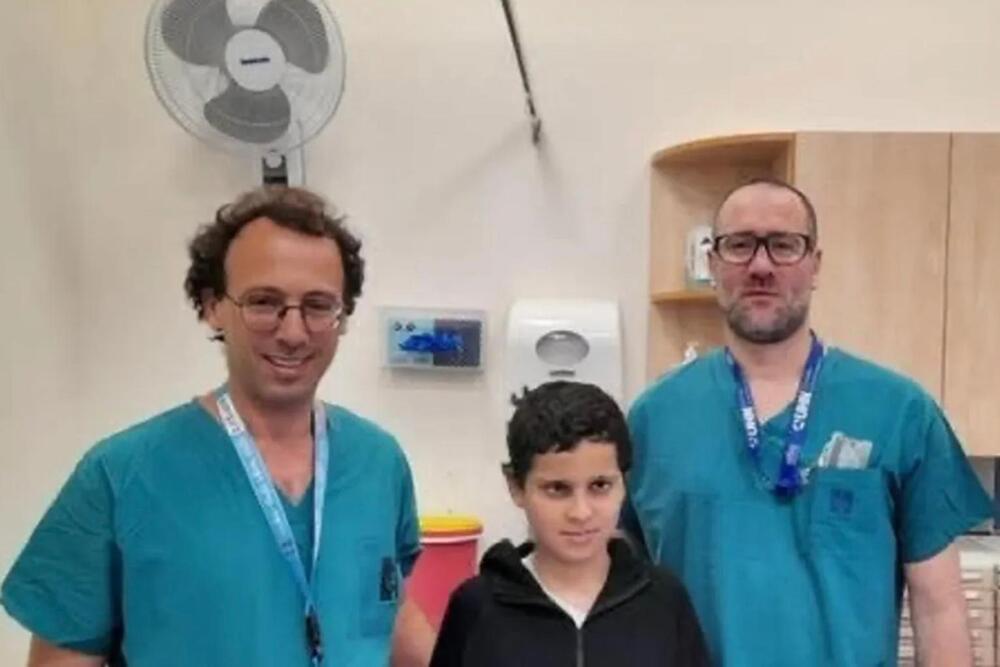
Doctors RE-ATTACH ‘decapitated’ boy’s head after 12-year-old’s horror accident
DOCTORS have reconnected a 12-year-old boy’s skull to his body after he suffered “internal decapitation” in a freak car accident.
Medics in Jerusalem, Israel, say they performed the “extremely rare” operation on Suleiman Hassan after a car knocked him off his bike.
His skull broke off the top vertebrae in his spine in the hit in June, effectively separating his head from his body with just skin and muscles keeping it in place.

Carpal tunnel syndrome may be early predictor of heart failure risk
Adults with a diagnosis of carpal tunnel syndrome are 39% more likely to develop HF during 10 years of follow-up, especially amyloidosis, compared with those without a carpal tunnel syndrome diagnosis, researchers reported.
“The increased rate of HF among patients with carpal tunnel syndrome requires attention because HF is a common disease associated with high mortality,” Mark Luedde, MD, from Christian-Albrechts-University of Kiel and Cardiology Joint Practice in Bremerhaven, Germany, and colleagues wrote in JAMA Network Open. “Early diagnosis of HF is a key to successful treatment, particularly for [transthyretin] cardiac amyloidosis, which has been associated with carpal tunnel syndrome in a recent study.”
In a retrospective study, Luedde and colleagues analyzed data from 81,898 adults from 1,284 general practices in Germany with an initial diagnosis of carpal tunnel syndrome from 2005 to 2020, using the Disease Analyzer database. The mean age of patients was 53 years and 66.7% were women. Researchers used propensity-score matching to match patients without carpal tunnel syndrome to those with carpal tunnel syndrome. The main outcome was the initial diagnosis of HF up to 10 years after the index date of carpal tunnel syndrome diagnosis. As a negative control, researchers analyzed the association of carpal tunnel syndrome with cancer.
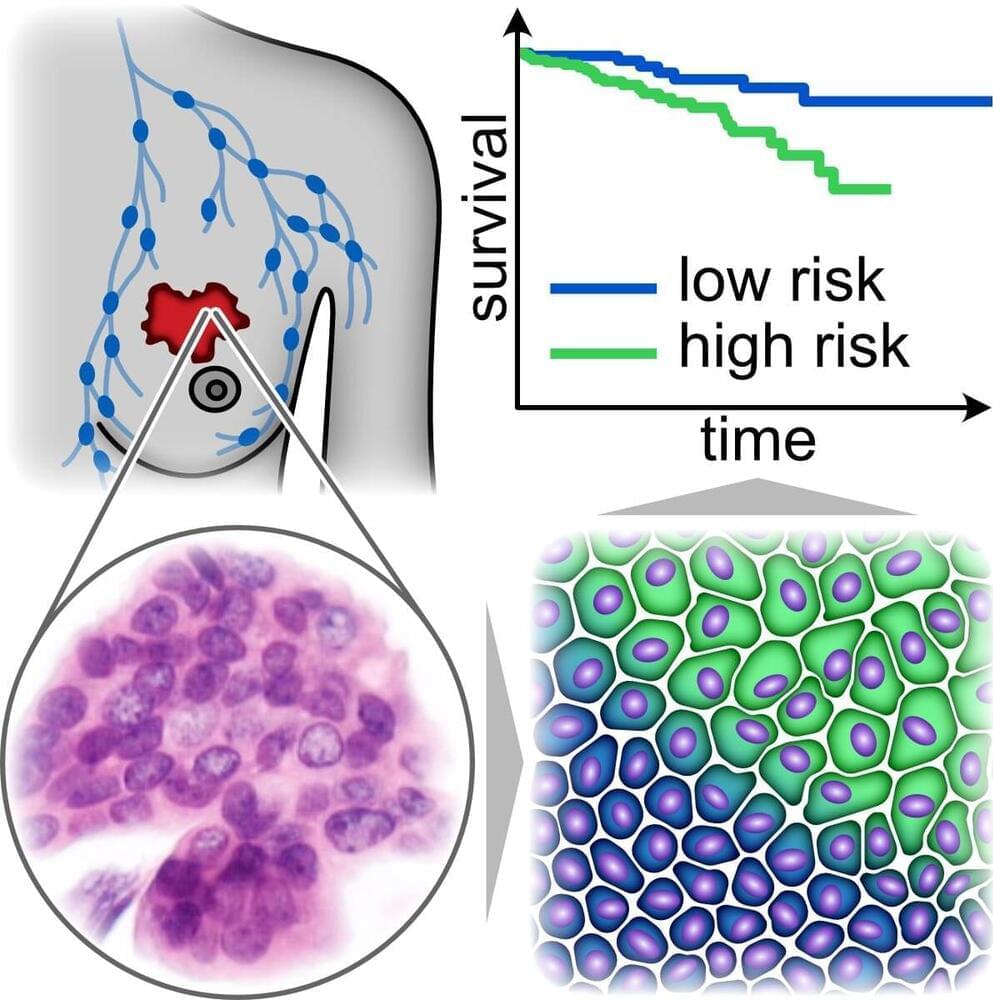
Researchers develop new marker for cancer cell motility
Researchers led by Leipzig University have found a application in oncology for the scientific field of Physics of Cancer. This is a milestone for the new research field, proving its clinical relevance for the first time. Based on tissue and cell mechanics and using machine learning, the team developed a marker for cancer cell motility in digital pathology.
The marker delivers new information about breast tumors that will improve the ability to predict the risk of metastasis, even after a decade has passed. The researchers have just published their new findings in the journal Physical Review X.
In a retrospective study of 1,380 female breast cancer patients, conducted in close collaboration with Professor Axel Niendorf from the Pathologie Hamburg-West institute, doctoral researcher Pablo Gottheil from the research group led by Professor Josef Alfons Käs at Leipzig University found that a collective transition of cancer cells to motility, known in specialist circles as “unjamming,” significantly increases the risk of distant metastases.
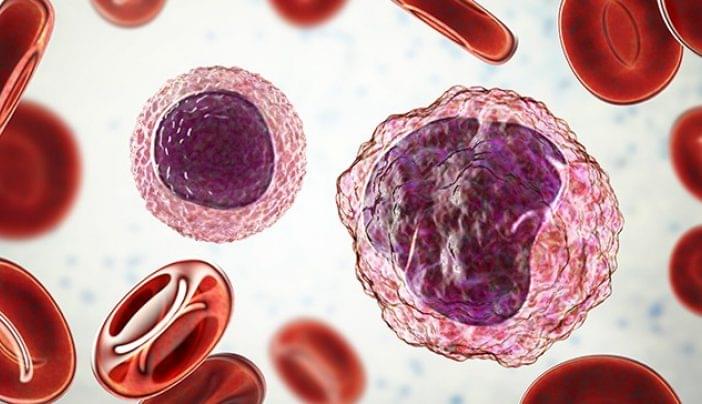
4 Things to Know About Marginal Zone Lymphoma
Lymphoma is often thought of as a cancer of lymph nodes, but it’s actually a cancer of the lymphocytes. Lymphocytes are white blood cells that manage inflammation in the body.
Chronic inflammation can sometimes lead to a lymphoma known as marginal zone lymphoma.
Marginal zone lymphoma is a rare, slow-growing B-cell lymphoma. Because it’s so rare, marginal zone lymphoma is often treated like other subtypes of B-cell lymphomas, and new treatment options are often explored through clinical trials that group marginal zone lymphoma with other B-cell lymphoma subtypes.